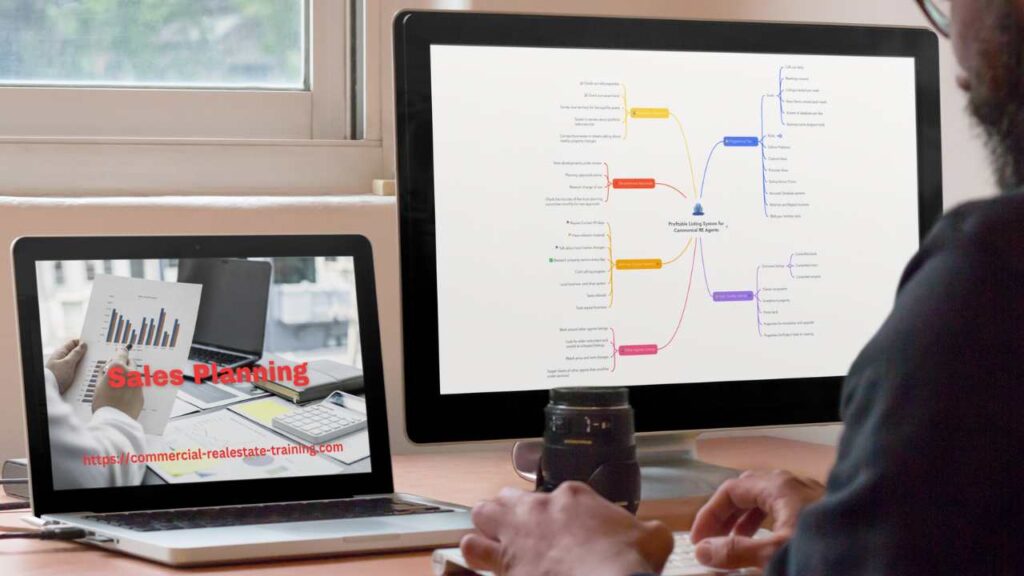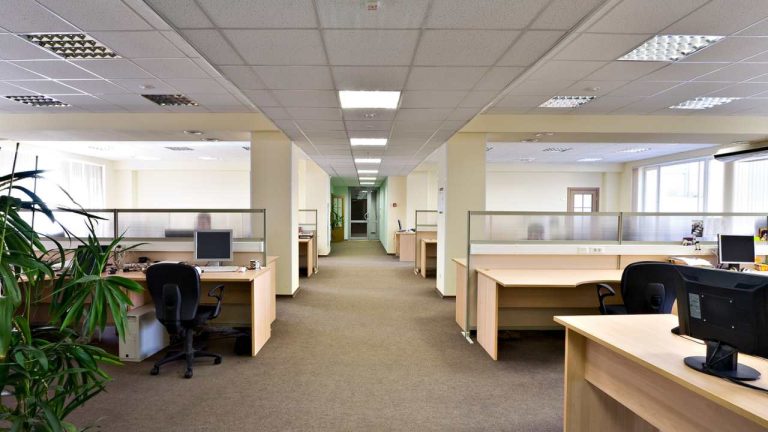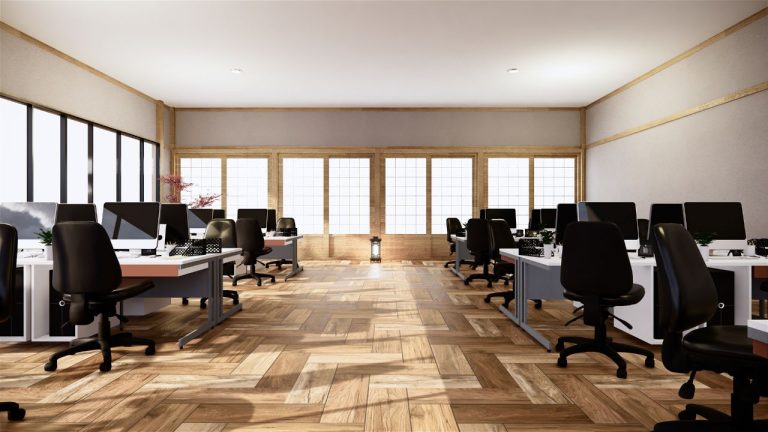Lease Negotiation Tips for Commercial Real Estate Agents
When you negotiate a commercial or retail lease, it is not just a matter of getting the tenant to agree to some form of lease deal and then putting a lease ‘heads of agreement’ together.
We, as agents, can provide a lot of value to the client by helping them through strategies and decisions relating to the lease. The property market is always changing, and as part of that, so will the leasing pressures and changes for landlords and tenants. The result lease can be quite special regarding property performance and landlord returns.

A Lease for the Duration
A lease in commercial or retail real estate can exist for some years. The income stream and quality of the tenant mix will be shaped by the lease or leases in the property. As agents we can improve lease strategies and rental outcomes. That is what we are engaged to do. We know the leasing market, the tenants, and the landlord.
The fact of the matter is that the lease can be shaped at the time of the lease negotiation to help the landlord’s position over the lease term; that is a strategic advantage, and that is what leasing agents or property managers do.
In considering any tenant and premises lease situation, the final lease document between the parties is a reflection of a number of things, such as:
- What the tenant sees as acceptable when it comes to the level of rent and the conditions of occupancy
- What the landlord wants in the lease terms and conditions for occupancy to be provided for the duration of the lease
- The current property market trends and business sentiment
- Levels of supply and demand in the location and for the property type
- What legislation may be for leasing the particular property type in its location and given the prevailing local property laws
- What property improvements are in the property now and how they should be reflected in the lease document and ongoing tenant use
- The level of competing properties in the location and how enquiry may be going for the asset class.
All of these things require strategy and recommendations. We, as agents, are good at leasing negotiation and finalisation. Knowing what works in today’s property market is part of the equation. Knowing how to put a lease together for a landlord is our high-value skill.
What are the Lease Facts?
Here are some considerations that can apply to leasing a property in commercial real estate today:
- The level of rent start will be relevant to the prevailing property market and supply and demand for space today. The success of a lease is not so much about where you start the rent, but where you finish the rent and how you build the lease returns. Over the lease term, you can improve the rent and the returns for the landlord. That is what a lease is all about. Far too many landlords focus on the starting rent which is only a small part of the leasing process.
- Negotiate every lease with due regard to rent type, outgoings recovery, market incentives, rent reviews, lease options, and length of the lease. All of these things will impact the landlord’s returns. The terms of any lease should not be a ‘standard and simple process’. The lease terms should be shaped for the best occupancy arrangements over a sensible investment cycle that works for the tenant and landlord. Keeping premises occupied for the longer term is a strategic approach that the agent can use to assist.
- The permitted use of the premises must be well-considered and documented, particularly if the tenant is part of a larger building with other tenants nearby. The permitted use clause controls the tenant’s use of the premises.
- Relocation and renovation provisions in the lease may be considered depending on the age of the property and the tenant’s use of the premises. The longer the lease, the chance that you will need to consider these factors.
- Guarantees will apply to establish the lease. The guarantees will protect the landlord in times of tenant default. It is essential that the level and type of lease guarantee or bond is appropriate. Protect the landlord for the situation of tenant default.
- Matching and placing a tenant into a property so the tenant mix is still in balance and income optimises.
- The types of rental which will correctly reflect the property use and the outgoings recovery for the tenant and landlord.
- Incentives are required to attract tenant enquiries and lease negotiations. There are various ways to look at incentives as they are a cost for landlords, however, they are a strategic advantage in a lease negotiation when tenants are under occupancy pressure.
- The quality of the lease documentation and its coverage of all the lease issues in the property given the improvements and the property use.
- Making good provisions will apply at the end of the lease. Ensure that the landlord gets the premises back in good condition and with little cost to them in re-letting the premises to other tenants.
Given all of these facts, there are many things that we can do to help our clients through the leasing process. Look at every lease strategically for the entire lease term. Package up a good lease for the client that you serve and their property investment targets.










